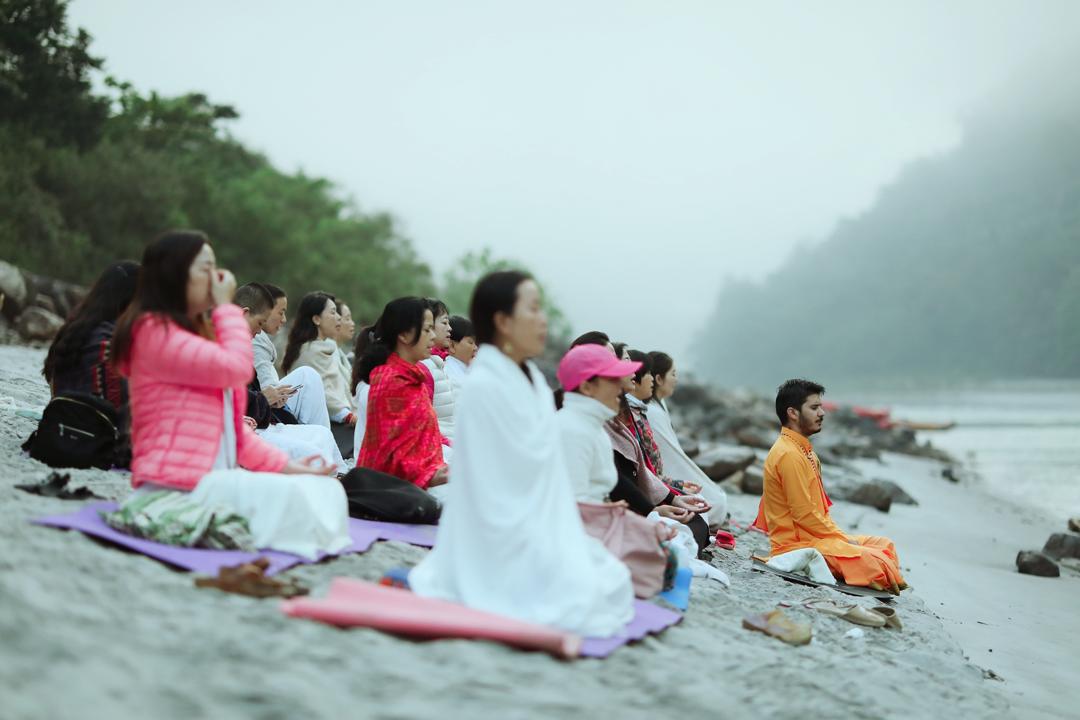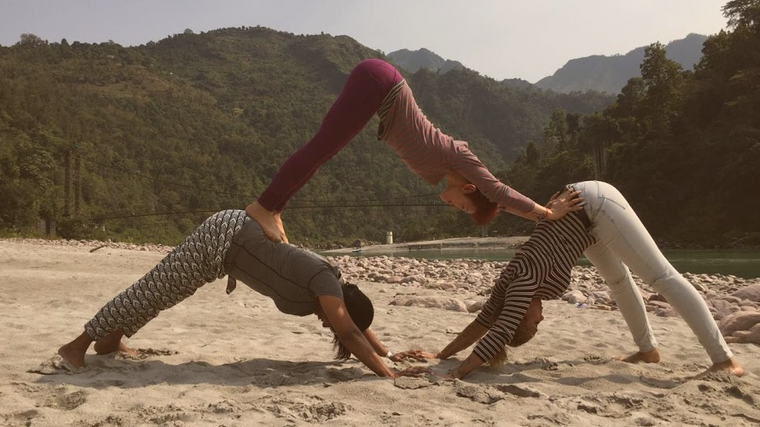Online Breathwork Program: Highlights, Duration, Price, and More
May 23, 2022In Sanskrit, Ashtanga means 8 limbs, and Vinyasa means dynamic movement. Ashtanga Yoga is mentioned in the ancient Patanjali’s Sutras which was developed by K.Pattabhi Jois to start teaching Ashtanga Vinyasa Yoga Teacher Training in India during the late 90s.
Ekattva wishes to gift knowledge in its purest form to our yoga teacher aspirants. Through this blog, we are going to share everything you need to know about ashtanga vinyasa yoga teacher training in India, beginning with the yoga sequence.
Let’s start by introducing the popular yoga flow & practice:
Known as the Mysore yoga form these days, ashtanga yoga is popularly followed by certified Indian yoga schools in their YTT programs. This form of yoga is a dynamic, flowing style that connects the movement of the breath with the body.
Ashtanga yoga stresses the importance of the daily practice of a set series of movements. It consists of six sequences, which the student progresses through at their own pace during their practice sessions.

Ashtanga practice usually begins with five repetitions of Surya Namaskara A and five repetitions of Surya Namaskara B, followed by a standing yoga sequence. Below is the standard sequence practiced generally:
Originally there were 4 series in the Ashtanga syllabus. A fifth series of sorts was the “Rishi series”, which Pattabhi Jois said could be done once a yoga teacher had “mastered” the previous four.
‘Tri’ means 3 and ‘sthana’ means a place in Sanskrit. In this form of Vinyasa ashtanga practice, there is a focus on the 3 areas.
YTT in India is majorly channelized on activating the chakras and connecting with the conscious. Ashtanga Vinyasa’s tristana helps encompass the mind, body and nervous system, making the yogi energetic and aware of what’s going on in the body.
By Vinyasa, we mean the following sequence that connects one asana or posture with the other. In modern vinyasa yoga teacher training, students are taught to connect breath to the postures which weren’t taught in the traditional yoga schools.
Sharath Jois connected yoga with modern-day science and said that the purpose of vinyasas is to purify the blood, which is otherwise heated and supposedly contaminated by the practice of asanas.
Renowned yoga gurus recommend staying in yoga posture for at least 5-8 breaths as it was a must to reap the benefits of that particular yoga asana. In ashtanga vinyasa yoga, breathing coordination is maintained while practicing complex yoga asanas where rechaka and puraka (inhale & exhale) play a crucial role in determining the effectiveness of that particular vinyasa poses.

Bandhas mean locks and are one of the three key principles in Ashtanga Vinyasa Yoga, alongside breath and drishti (looking position). There are three principal bandhas which are considered internal body locks:
Beginning with chanting mantras and invocation of Patanjali is the start of Ashtanga Vinyasa YTT which is commonly followed by every certified yoga teacher training school in India. The beginning mantra means greeting the guru with lotus as a gift and ends with ‘mangala’ mantra, or praying for the whole world to be happy and content.
Above were the principles of ashtanga vinyasa yoga on which most of the well known YTT schools train the aspiring yoga teachers. If you have made up your mind on becoming a yoga teacher too, there are many reasons to enroll a yoga school in India where ashtanga vinyasa is in the syllabus list!

Ashtanga yoga as previously discussed, co-ordinates your body with the central nervous system and when your body is intact with your subconscious mind, the below health benefits are attained:
Yoga can only be taught or learned when your mind is at ease and body at max level of health. And this is one of the main reasons behind inclusion of ashtanga vinyasa flow in yoga teacher training program in India.
Are you planning a trip to the yoga capital of the world and want to learn yoga from certified yoga teachers who can help you master ashtanga vinyasa yoga? Ekattva Yogshala is the perfect place to begin your yoga journey.
Send us an email at info@spiritualpunditz.com and learn about our upcoming 200 Hours YTT program highlights and special new year discount package.